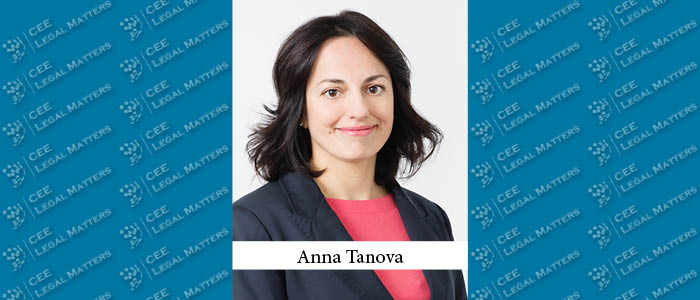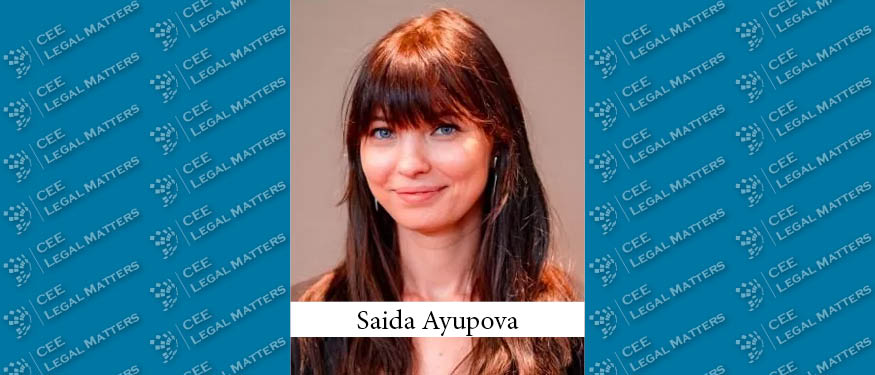The Bulgarian Parliament adopted amendments to the Copyright and Neighbouring Rights Act (CNRA) in December 2023 to transpose the Digital Single Market Directive (EU) 2019/ 790 and the CabSat Directive (EU) 2019/789.
The DSM Directive generated less debate than the CabSat one and was implemented close to the original wording, with some national specifics.
Press Publications
Press publishers now have a neighboring right to authorize the reproduction and the making available to the public of their publications for online use by information society service providers (ISPs). “Press publishers” are widely defined to include service providers that, in the course of their economic activity, publish press publications under their editorial control and responsibility. These will encompass publishers of traditional periodicals, magazines, online media, and news agencies. Scientific journals are not covered. The definition of a “press publication” includes a literary work of a journalistic nature, photographic work, and audio or video material in so far as it provides information to the general public relating to news or other topics and is published in a periodical (newspaper, magazine) or regularly updated online media. The neighboring right continues for two years (as of January 1, of the year following publication). Press publishers may not restrict the private or non-commercial use, hyperlinking, and use of individual words and very short extracts of press publications. Taking a more practical approach, the national legislator has defined a “very short extract.” Thus, an ISP could use freely the title and first 100 consecutive characters of a publication, a preview image in a small format with a resolution of up to 128 by 128 pixels, and/or part of a sound file or a video of up to 3 seconds. Such a definition is not provided in the DSM Directive. A “very short extract” must have a uniform interpretation across the EU, so we will see whether the definition will be in line with the EU concept. The new publisher’s rights could be managed individually or through a Collective Management Organization (CMO).
Fair Remuneration and Transparency
The amended CNRA provides for fair and proportionate remuneration for authors, performing artists, phonogram and film producers, and broadcasting organizations for the use of their works and subject matter. The fair remuneration principle applies to exclusive and non-exclusive license agreements. It is complemented by a contract adjustment mechanism applicable for the authors and the performing artists. In the event the initially agreed license fee turns out to be disproportionately low compared to the subsequent revenues derived from the exploitation of the work or performance, the author or performer may claim additional remuneration from the licensee. Fair remuneration is further ensured by a transparency mechanism. Licensees are obliged to provide authors and performers with up-to-date, comprehensive, relevant, and exhaustive information about the use of their work or performance and the revenue generated from that use. The transparency obligation and contract adjustment mechanism do not apply to license agreements with CMOs.
The assessment of “disproportionately low” remuneration must consider not only the relevant subsequent revenues but also specific circumstances, individual contribution, industry practice, and sector specifics. The Bulgarian legislator agreed with the creative industries’ proposal to encourage self-regulation through good practice standards for the effective implementation of the fair remuneration principle, the adjustment mechanism, and the transparency obligation.
These new mechanisms promote the fair economic value of the licensed right, so the parliament also voted to remove the statutory restriction on the duration of licenses. License agreements can now be concluded for more than ten years.
The Debate on the Transmission of Programs through Direct Injection
The implementation of Article 8 of the CabSat Directive led to long and complex discussions between broadcasters, network operators, and CMOs. As a result, puzzling Article 21 of the CNRA provides that, when a program is transmitted to the audience through direct injection, both the broadcasting organization and the signal distributor (network operator) participate in a unified act of transmission to the public for which both the broadcaster and the signal distributor must obtain separate authorizations from the rightsholders, each for its specific contribution. Rightsholders may only exercise their right to grant or refuse authorization to the signal distributors through a CMO. It remains to be seen how the specific contribution of the broadcaster and the signal distributor will be calculated in the CMOs tariffs. This year, it is expected that the transmission tariffs of the CMOs will have to be negotiated with relevant industry organizations.
By Anna Tanova, Head of Media and IT, CMS
This article was originally published in Issue 11.2 of the CEE Legal Matters Magazine. If you would like to receive a hard copy of the magazine, you can subscribe here.

















